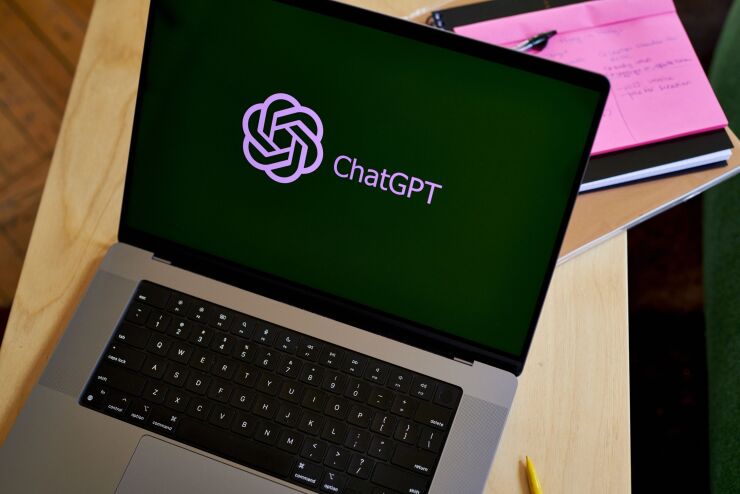Few other technologies have captured the business world's attention quite like
These are all immensely beneficial capabilities, and I don't doubt that ChatGPT will go a long way in automating the more mundane underwriting tasks. However, to my mind at least, task automation is only the beginning. There are other less obvious ways underwriters can leverage this technology, but I'd like to focus on one approach in particular, and that's field underwriting.
The decline of field underwriting
The image of a door-to-door life insurance salesperson might seem downright archaic by today's standards. Yet until the mid-1990s, door-to-door salespeople were almost everywhere, knocking on people's doors, pitching the latest policies, and answering any questions a prospect might have. For a long time, this was the primary means of selling life insurance policies and the key to its success was the use of field underwriting techniques.
Field underwriting involves assessing a prospect's ideal coverage class based on observation and a few tactful questions. Even something as simple as the number of cars in the driveway could be a helpful indicator of a prospect's financial and household situation. With this data, the sales agent could be confident in underwriting a new customer with a minimum of fuss or complications. As for the insured, they got the satisfaction of receiving a policy catered to their situation.
Today, field underwriting is rarely practiced. The rising costs of employing large armies of field underwriters effectively killed the practice in the 1990s. To be clear, field underwriting is still practiced today, but when I press agents on the subject, they admit they only use it in cases when they can be confident of collecting a large premium. Frankly, I don't blame them. The profit margins are just too low these days when it comes to assessing a more typical middle-income customer.
In more ways than one, the decline of traditional field underwriting can be tied to a lot of the problems that life insurers in general are currently facing. The percentage of Americans with a life insurance policy is now only
As for the underwriters, they're now working with a less clear picture than when field underwriting was at its peak. Without the vital financial, household, and medical data that field underwriters could collect before an application, underwriters can't be confident of placing a customer in the right coverage class. Unsurprisingly, this results in a lot of policy rejections and wasted time for everyone. Clearly, something needs to change to bring field underwriting back from the brink. And I believe ChatGPT can be that change.
The rise of digital field underwriting
With its ability to comprehend textual inputs and respond in a human-like manner, ChatGPT can take on the role of a digital field underwriter. Think about it. The data an agent needs to determine a customer's appropriate product class is pretty straightforward. All you need is some basic information on the applicant's finances, career, family dependents, and health. A
Taking things further, imagine an underwriter using these chatbots to contact an applicant when additional information is necessary. Ordinarily, an underwriter would have to email the agent and ask them to source the data from the applicant, a process that could take weeks to complete. But by using chatbots, underwriters can get the data they need from publicly available records in far less time. You could even create a setup in which, once the data has been gathered by the chatbot, additional
Final thoughts
These are just some of the more innovative ways that carriers can leverage ChatGPT in the underwriting process. Task automation certainly has its place, but carriers also need to broaden their perspective if they wish to get the most out of this technology.
Keep in mind that we're still only in the early days of AI development. Once the hype has died down a bit, carriers will need to think about how they can effectively integrate AI into their current processes. So far, there hasn't been a lot of talk in that direction and it remains to be seen whether AI will live up to its promise.






